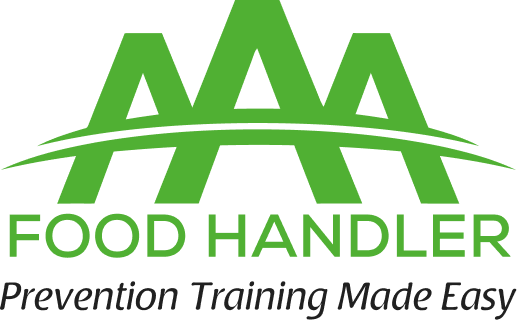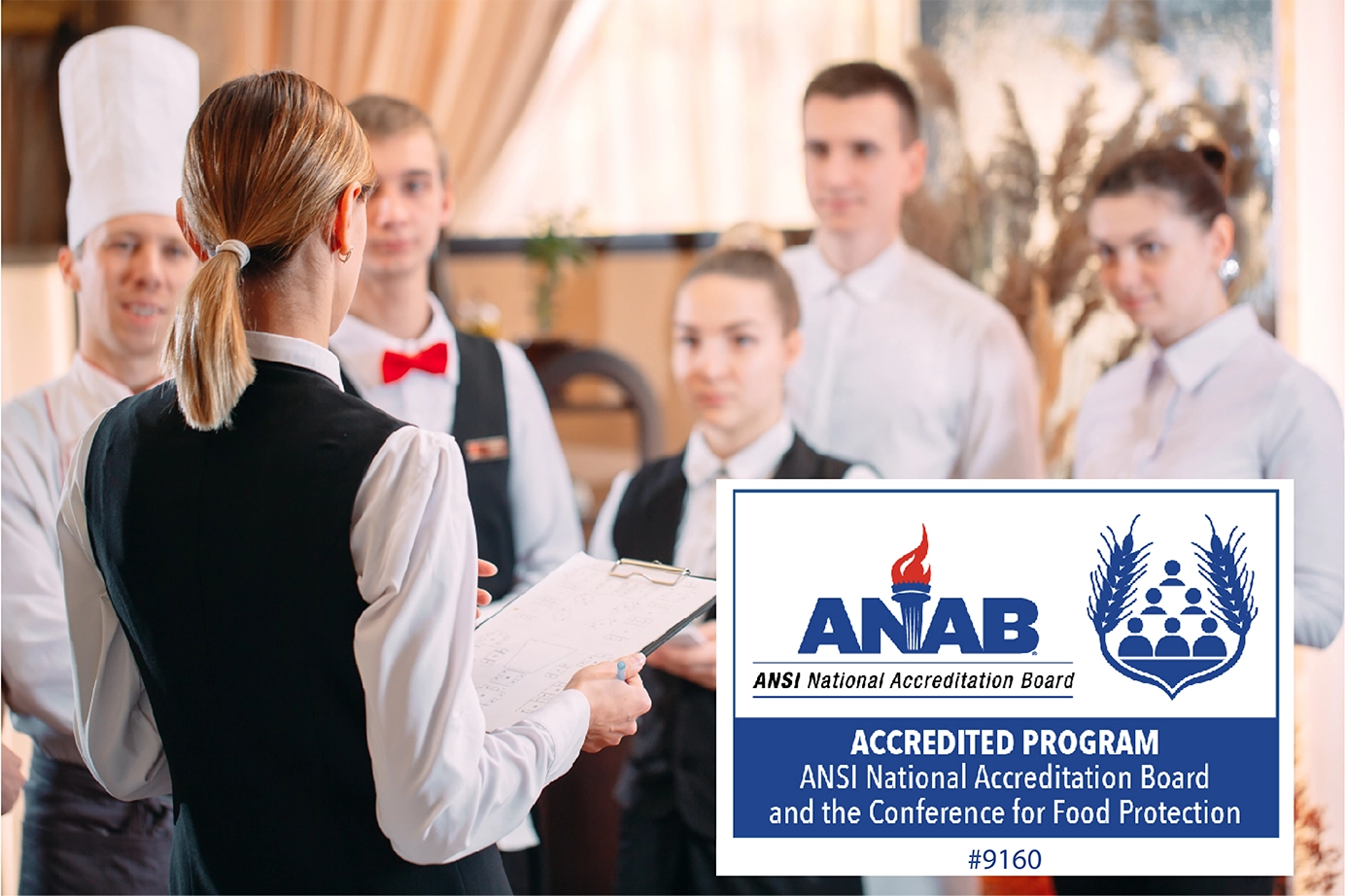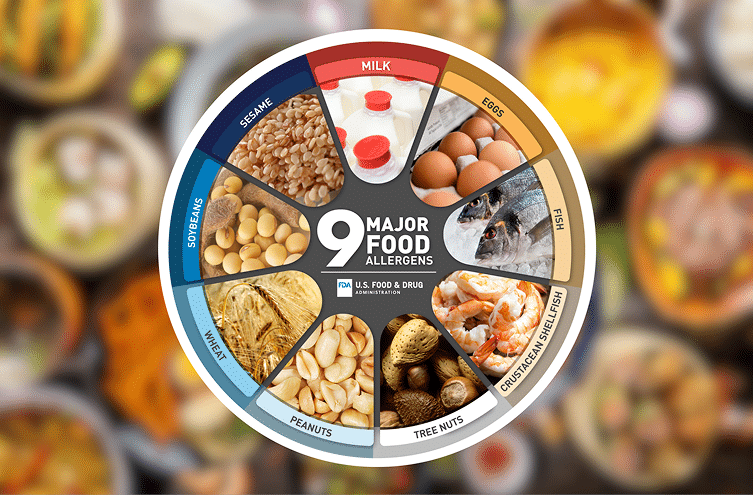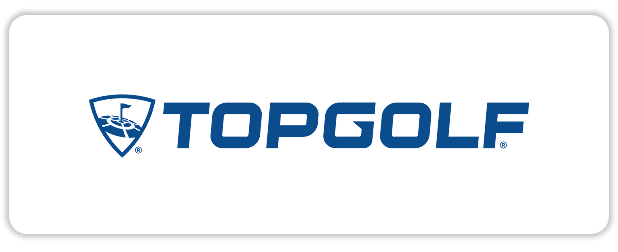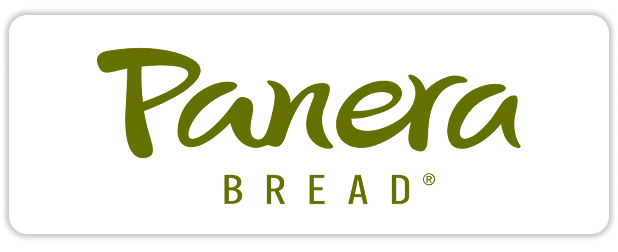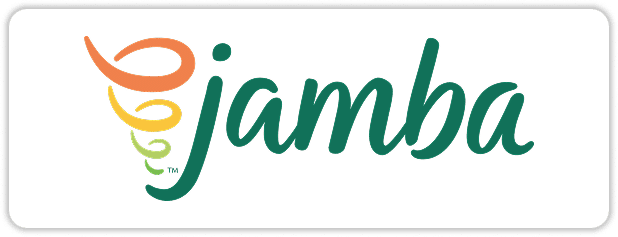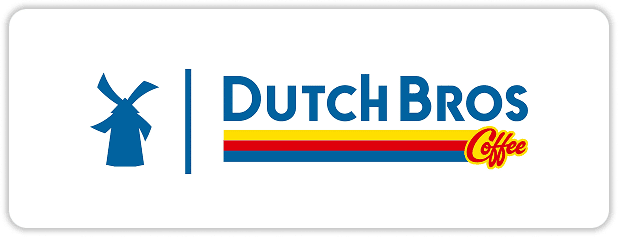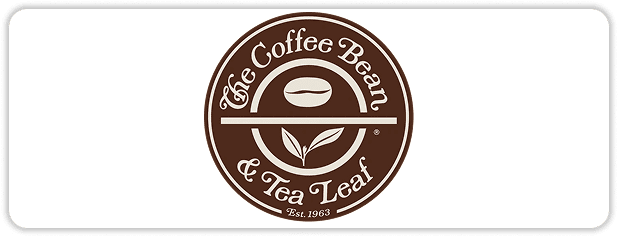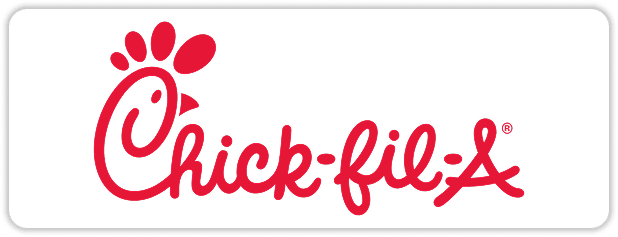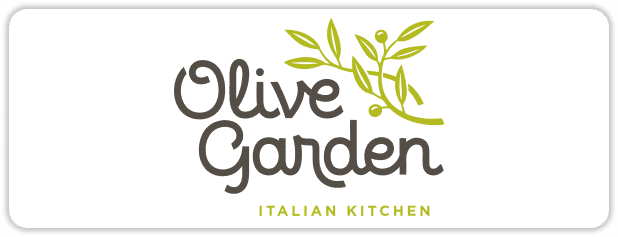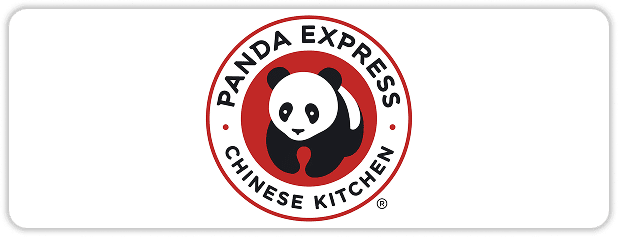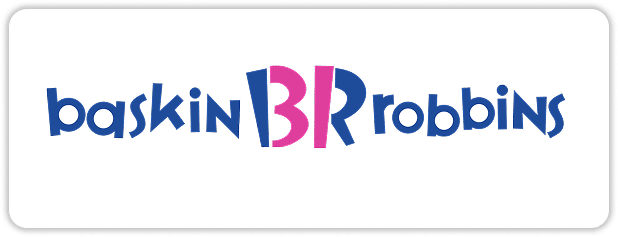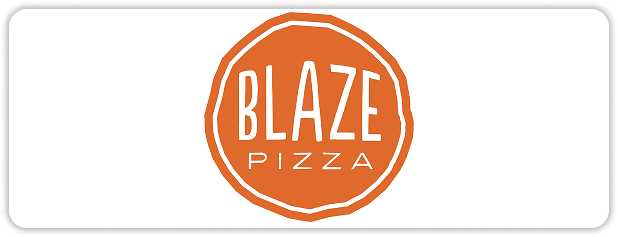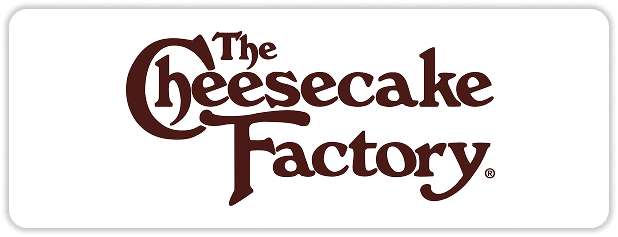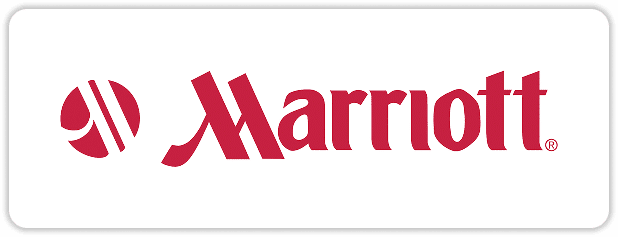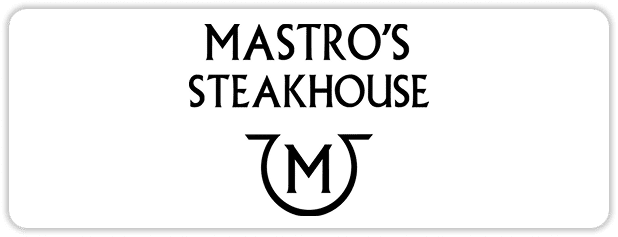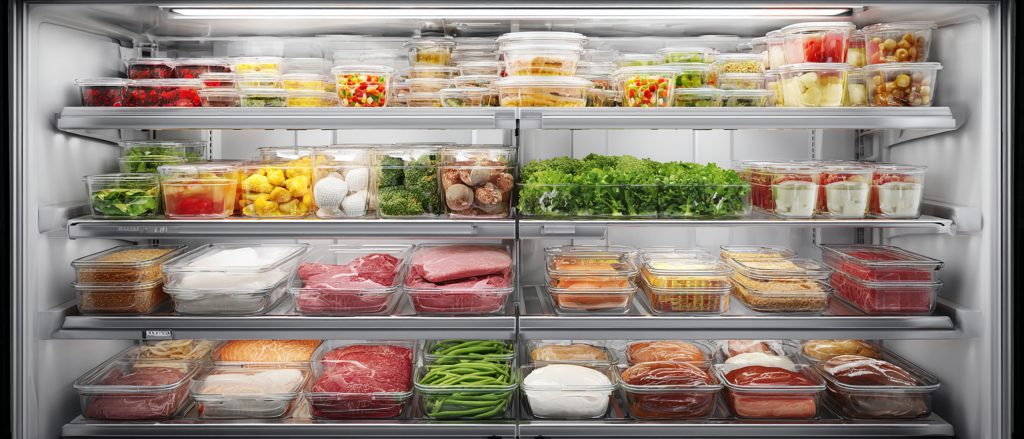
A Guide for Safe Cooking: For Food Internal Temperature Standards
Raw animal products, including meats, poultry, seafood, and eggs, can harbor harmful bacteria such as Salmonella, E. coli, Listeria, and Campylobacter. These pathogens pose serious health risks, especially to vulnerable populations like older adults, pregnant women, young children, and individuals with compromised immune systems.
The positive aspect is that cooking food to the correct temperature can eliminate these harmful pathogens — but only if food reaches the correct food internal temperature. Understanding safe internal temperatures is critical for both home cooks and foodservice professionals.
Why Food Internal Temperature Matters
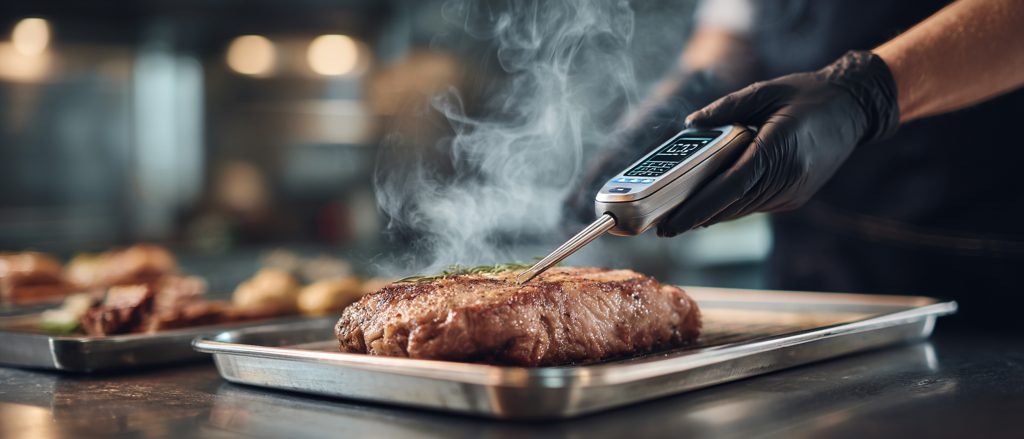
The principal carriers of foodborne pathogens are meats and other foods from animals. Cooking food to a minimum internal temperature ensures harmful bacteria are killed, preventing foodborne illness.
Failing to cook foods adequately is one of the leading causes of foodborne outbreaks. The required internal temperature depends on the type of food and how it has been handled or processed. More handling and processing typically require higher minimum temperatures because each step increases the risk of contamination.
Minimum Internal Temperatures
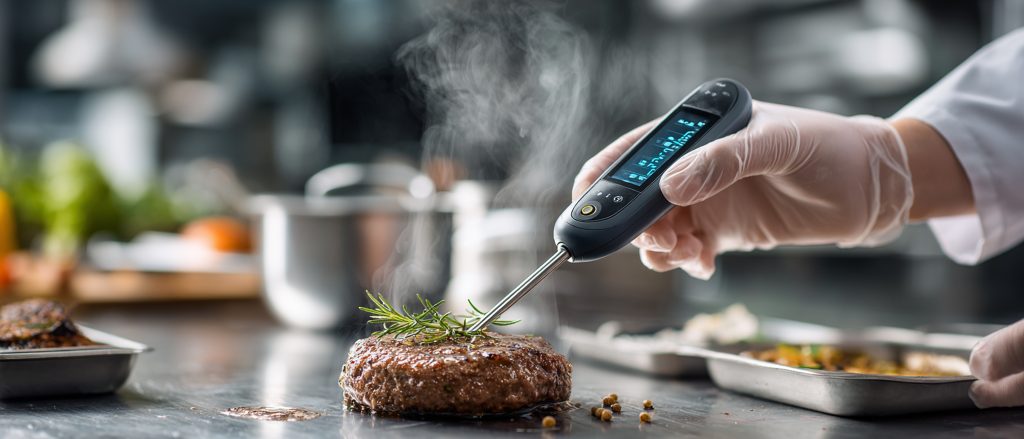
Here’s a detailed guide for safe internal temperatures across various food categories:
Minimum Internal Temperature | Foods |
165ºF (74ºC) < 1 second (instantaneous) | Poultry (chicken, turkey, duck), stuffing with meat or seafood, stuffed meats or pasta, dishes with previously cooked TCS ingredients, previously cooked TCS foods reheated for hot-holding, wild game |
155ºF (68ºC) for 17 seconds | Ground meat (beef, pork, other meats), injected meats (like brined ham), mechanically tenderized meat, ground seafood, shell eggs for hot-holding, ratites (ostrich, emu) |
145ºF (63ºC) for 15 seconds | Seafood (whole fish, shellfish), whole cuts of meat (pork, beef, veal, lamb), commercially raised game like rabbits, shell eggs served immediately |
145ºF (63ºC) for 4 minutes |
|
Alternate cooking times at lower temperatures:
- 130ºF (54ºC) – 112 minutes
- 131ºF (55ºC) – 89 minutes
- 133ºF (56ºC) – 56 minutes
- 135ºF (57ºC) – 36 minutes
- 136ºF (58ºC) – 28 minutes
- 138ºF (59ºC) – 18 minutes
- 140ºF (60ºC) – 12 minutes
- 142ºF (61ºC) – 8 minutes
- 144ºF (62ºC) – 5 minutes
- 145ºF (63ºC) – 4 minutes
Proper Storage Order for Refrigerated Foods
Store foods based on their minimum internal temperature requirements, from top to bottom:
- Ready-to-eat foods and leftovers
- Seafood
- Whole cuts of beef and pork
- Ground meats and seafood
- Whole and ground poultry
- Ready-to-eat foods and leftovers
Serving Undercooked Meats
It’s acceptable to serve raw or undercooked animal products if clearly disclosed to customers. This is often done with an asterisk on the menu pointing to a note such as:
“The likelihood of foodborne illness rises when raw or undercooked meats, poultry, seafood, shellfish, or eggs are eaten.”
However, establishments serving susceptible populations (nursing homes, assisted living, child or adult care centers) cannot serve undercooked or raw animal foods. Soft-cooked or sunny-side-up eggs must also be pasteurized in these settings.
Safe Food Thermometer Techniques
The color of food is not a dependable measure of whether it’s cooked through. A calibrated food thermometer is essential.
Best practices:
- Insert the probe into the thickest part of the food, avoiding bone, fat, or gristle.
- For large items, check several locations.
- For thin cuts like pork chops or burgers, insert the probe from the side to reach the center.
- Sanitize the thermometer before and after each use.
- Use a digital or dial thermometer such as a thermocouple or bimetal; avoid infrared thermometers, which only measure surface temperature.
The Bottom Line
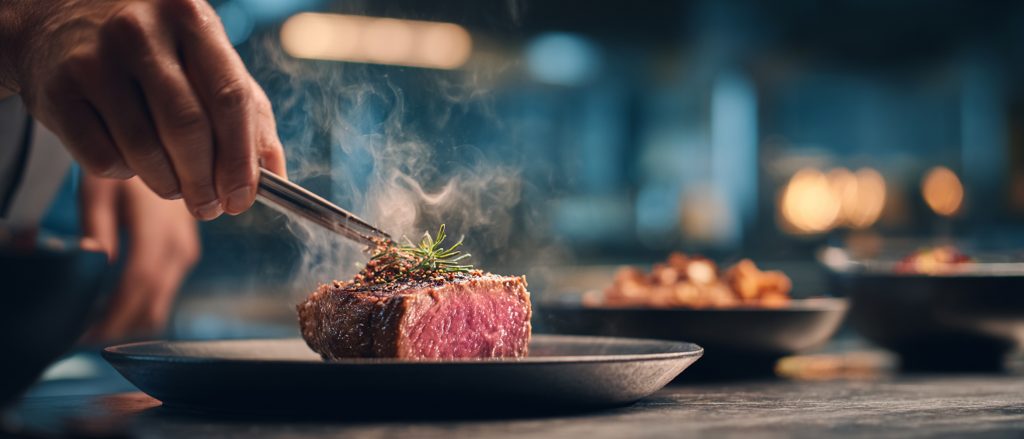
Raw animal products commonly carry harmful bacteria, but cooking food to the proper food internal temperature destroys these pathogens.
Key takeaways:
- The more handling or processing a food receives, the higher its minimum internal temperature.
- Undercooked foods must be disclosed to consumers and cannot be served to vulnerable populations.
- Always verify doneness using a calibrated thermometer, not visual cues.
Maintaining these practices is an essential part of Food Safety Certification, Food Protection Manager Certification, and training programs, including Certified Food Protection Manager (CFPM) courses and nationally accredited food manager certification through the ANSI National Accreditation Board (ANAB). Choosing programs like AAA Food Handler, which is accredited by the ANSI National Accreditation Board (ANAB) and the Conference for Food Protection (CFP) ensures that food safety professionals are trained to the highest standards.
At AAA Food Handler, we make this process simple and accessible by offering ANAB-accredited Food Manager Certification courses that meet state and national requirements. Our 100% online program helps you learn, test, and get certified from anywhere—so you can protect your customers, your business, and your reputation. Safe cooking protects both your customers and your brand — and helps prevent foodborne illnesses before they start.
